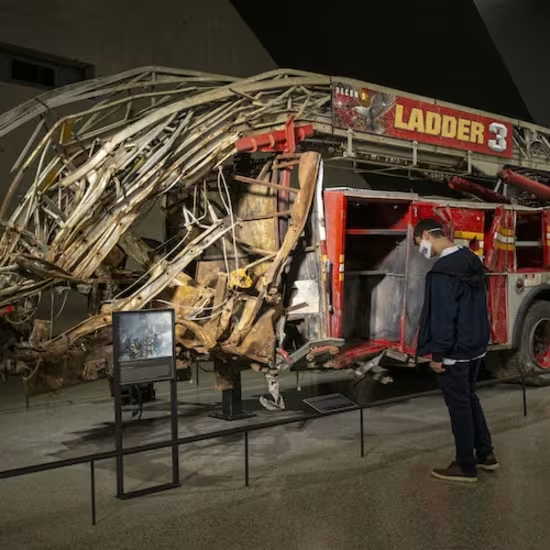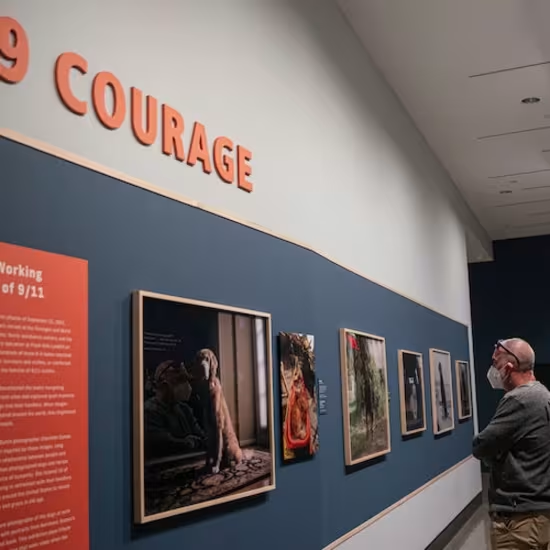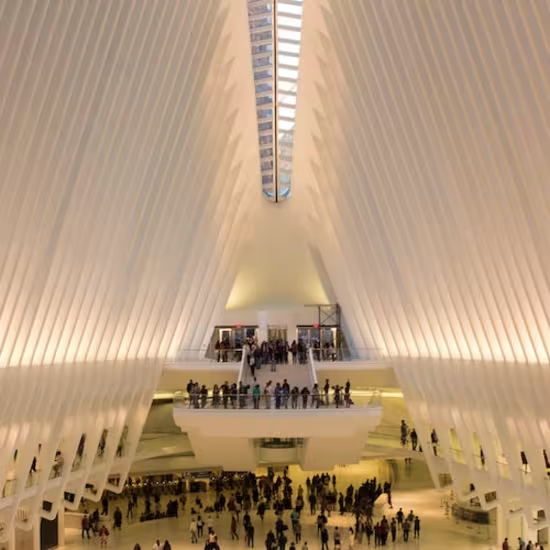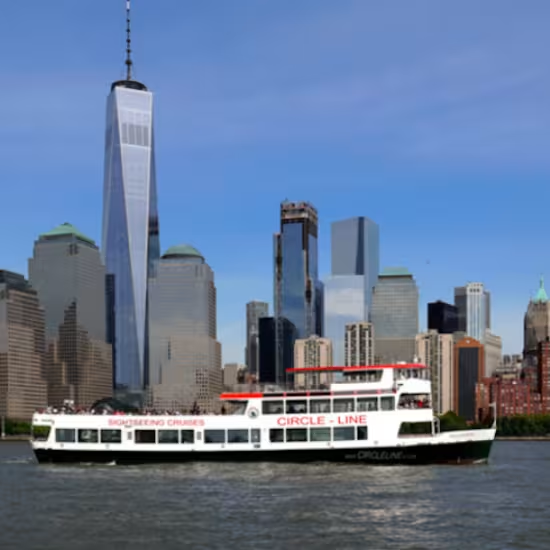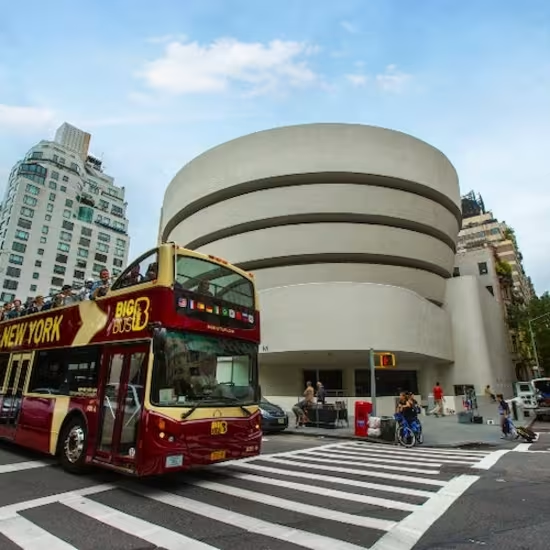
Ground Zero: Before, After, and Today
Ground Zero is the site in Lower Manhattan where the World Trade Center stood before the September 11, 2001, terrorist attacks. It has since been transformed into a place of remembrance and reflection, encompassing the 9/11 Memorial & Museum, as well as other significant landmarks. The area serves as a powerful tribute to the nearly 3,000 victims, offering visitors a chance to honor and reflect on the tragic events of that day.
What is Ground Zero?

Ground Zero refers to the site in Lower Manhattan where the World Trade Center complex once stood before the September 11, 2001, terrorist attacks. The term became widely used to describe the devastated area where the Twin Towers collapsed. Today, Ground Zero encompasses the 9/11 Memorial & Museum, as well as other surrounding landmarks that honor the memory of those who lost their lives. The site has been transformed from a scene of destruction into a place of reflection, healing, and remembrance.
What does Ground Zero stand for?

Ground Zero stands as a symbol of resilience, remembrance, and unity following one of the most devastating events in modern history. It represents the impact of the 9/11 attacks on both the United States and the world, serving as a focal point for honoring the nearly 3,000 victims. The site embodies the strength of the human spirit and the collective resolve to rebuild and recover in the face of tragedy. Through the 9/11 Memorial & Museum and other nearby structures, Ground Zero stands as a testament to the courage and compassion that emerged from that day.
Why visit Ground Zero?

Visiting Ground Zero provides a deeply moving and educational experience, offering insight into the events of September 11, 2001, and their aftermath. The site allows visitors to reflect on the lives lost and the heroic efforts of first responders while also learning about the resilience and recovery of the city and its people. The 9/11 Memorial & Museum offers powerful exhibits, artifacts, and stories that highlight the significance of that day. Additionally, visiting Ground Zero allows people to pay their respects and appreciate the enduring spirit of unity and hope that arose from the tragedy.
Before Ground Zero: The World Trade Center Attacks
The 9/11 attacks at the World Trade Center remain among the deadliest and most harrowing terrorist attacks witnessed globally. Orchestrated by Osama bin Laden, the terrorist group al-Qaeda coordinated a multi-target strike in which 19 terrorists hijacked four aircraft in American airspace, aiming at four significant U.S. landmarks.
Among the targets were the Twin Towers of the World Trade Center. Initially, when the first plane crashed into the North Tower, many presumed it to be a tragic accident. However, shortly thereafter, while rescuers were still assisting survivors from the first impact, a second aircraft struck the South Tower, confirming the attacks were intentional.
This horrific event resulted in nearly 3,000 deaths and continues to have a lasting impact on survivors, even decades later. The attack on the World Trade Center filled the surrounding area with panicked civilians and frenzied first responders, who were trying to rescue as many people as possible. The entire neighborhood became a scene of rubble and debris, later referred to as “Ground Zero” for the extent of devastation that unfolded.
The Reconstruction of Ground Zero

On the day of the attacks, Mayor Rudy Giuliani vowed to restore New York City’s skyline. However, before the reconstruction could commence, key stakeholders needed to reach a consensus on the plans. To manage the rebuilding of Ground Zero, the Lower Manhattan Development Corporation (LMDC) was established in November 2001. The LMDC’s board consists of 16 members, with half appointed by the governor and the other half by the mayor of New York.
In the aftermath of the attacks, urban planners and architects devised proposals for the site’s redevelopment. The LMDC initially sought proposals for the redesign of the World Trade Center site, but later decided on Beyer Blinder Belle as the official planner for Ground Zero’s reconstruction.
When Beyer Blinder Belle’s six design concepts were unveiled, they were not well received by the public. In response, the LMDC launched an international competition to select a suitable architect. The competition was won by Studio Daniel Libeskind, who became the master planner for the redevelopment of the World Trade Center site.
9/11 Memorial & Museum: Rebuilding Ground Zero

As part of the reconstruction efforts at Ground Zero, the 9/11 Memorial & Museum were developed to preserve the history and impact of the 9/11 attacks. These structures were constructed to reflect the significance of the events for survivors and the broader community.
The 9/11 Museum commemorates those who perished at the World Trade Center in 2001, using multimedia displays, personal narratives, and artifacts from the site to convey the scale of the tragedy. The museum provides a unique opportunity for visitors to intimately connect with stories of recovery, loss, and resilience.



